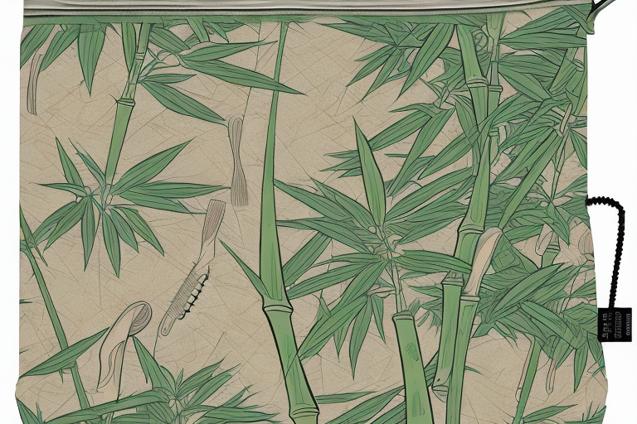
Reduce your impact on the environment while sailing by exploring alternatives to single-use plastics on board.
Alternatives to Single-Use Plastics on Board
As we set sail to explore the world with our families, it’s essential to consider the impact our choices have on the environment. One of the most significant issues facing our oceans today is plastic pollution. Single-use plastics are a significant contributor to this problem, and as sailors, we have a responsibility to reduce our reliance on these items. In this article, we’ll explore alternatives to single-use plastics on board, helping you make more environmentally friendly choices as you embark on your sailing adventures.
Table of Contents
- Understanding the Problem: Single-Use Plastics and Our Oceans
- Alternatives to Single-Use Plastic Items
- Reducing Microplastics
- Disposing of Waste Responsibly
- Conclusion
Understanding the Problem: Single-Use Plastics and Our Oceans
Before we dive into the alternatives, it’s essential to understand the problem we’re trying to solve. Single-use plastics are items designed to be used once and then discarded. These include items like plastic bags, straws, cutlery, and food packaging. Unfortunately, many of these items end up in our oceans, where they break down into smaller pieces called microplastics. These microplastics are ingested by marine life, causing harm to the ecosystem and entering the food chain.
As sailors, we have a unique connection to the ocean and a responsibility to protect it. By reducing our reliance on single-use plastics, we can help minimize our impact on the environment and preserve the beauty of the seas for future generations.
Alternatives to Single-Use Plastic Items
There are many alternatives to single-use plastics that are more sustainable and environmentally friendly. Here are some suggestions for items you can use on board to help reduce your plastic waste:
Water Bottles
Instead of relying on single-use plastic water bottles, invest in reusable water bottles for each member of your crew. Stainless steel or glass bottles are excellent options, as they are durable and easy to clean. You can also install a water filtration system on board to ensure you have access to clean, safe drinking water without the need for disposable plastic bottles.
Food Storage
When it comes to food storage, there are many alternatives to plastic bags and cling wrap. Consider using reusable silicone bags, beeswax wraps, or glass containers with lids for storing food on board. These options are not only more environmentally friendly but also help keep your food fresher for longer.
Cutlery and Tableware
Instead of using disposable plastic cutlery and plates, opt for reusable options made from materials like bamboo, stainless steel, or even biodegradable materials like wheat straw. These items are not only more sustainable but also add a touch of style to your on-board dining experience.
Toiletries
Many toiletries, such as toothbrushes, razors, and cotton swabs, are available in more sustainable materials like bamboo or recycled materials. Additionally, consider using solid shampoo and conditioner bars, which come in minimal packaging and last longer than their liquid counterparts.
Cleaning Supplies
When it comes to cleaning supplies, there are many eco-friendly alternatives to single-use plastic items. For example, you can use reusable cloth rags instead of disposable wipes, and opt for biodegradable sponges or scrubbers made from natural materials like coconut fibers. Additionally, consider using environmentally friendly cleaning products that come in concentrated form or refillable containers to reduce plastic waste.
Shopping Bags
When provisioning for your sailing adventure, bring reusable shopping bags made from materials like canvas or recycled plastic. These bags are not only more durable than single-use plastic bags but also help reduce the amount of plastic waste that ends up in our oceans.
Reducing Microplastics
In addition to replacing single-use plastic items, it’s essential to consider the impact of microplastics on our oceans. Microplastics are tiny particles of plastic that result from the breakdown of larger plastic items or are released from products like synthetic clothing and personal care products.
To help reduce microplastic pollution, consider the following:
- Wash synthetic clothing less frequently and use a laundry bag designed to capture microfibers.
- Choose natural fiber clothing and textiles when possible.
- Avoid personal care products that contain microbeads, which are tiny plastic particles often found in exfoliating scrubs and toothpaste.
Disposing of Waste Responsibly
While reducing our reliance on single-use plastics is essential, it’s also crucial to dispose of any waste we do generate responsibly. When sailing, never throw any trash overboard, even if it’s labeled as biodegradable. Instead, store your waste securely on board and dispose of it at designated waste disposal facilities when you reach port.
Additionally, consider participating in beach cleanups or other initiatives to help remove plastic waste from our oceans and coastlines. Every little bit helps, and as sailors, we have a unique opportunity to make a difference.
Conclusion
Reducing our reliance on single-use plastics is an essential step in protecting our oceans and preserving the beauty of the seas for future generations. By making small changes to the items we use on board, we can significantly reduce our plastic waste and minimize our impact on the environment. As sailors, we have a responsibility to be good stewards of the ocean, and embracing more sustainable practices is a crucial part of that commitment.